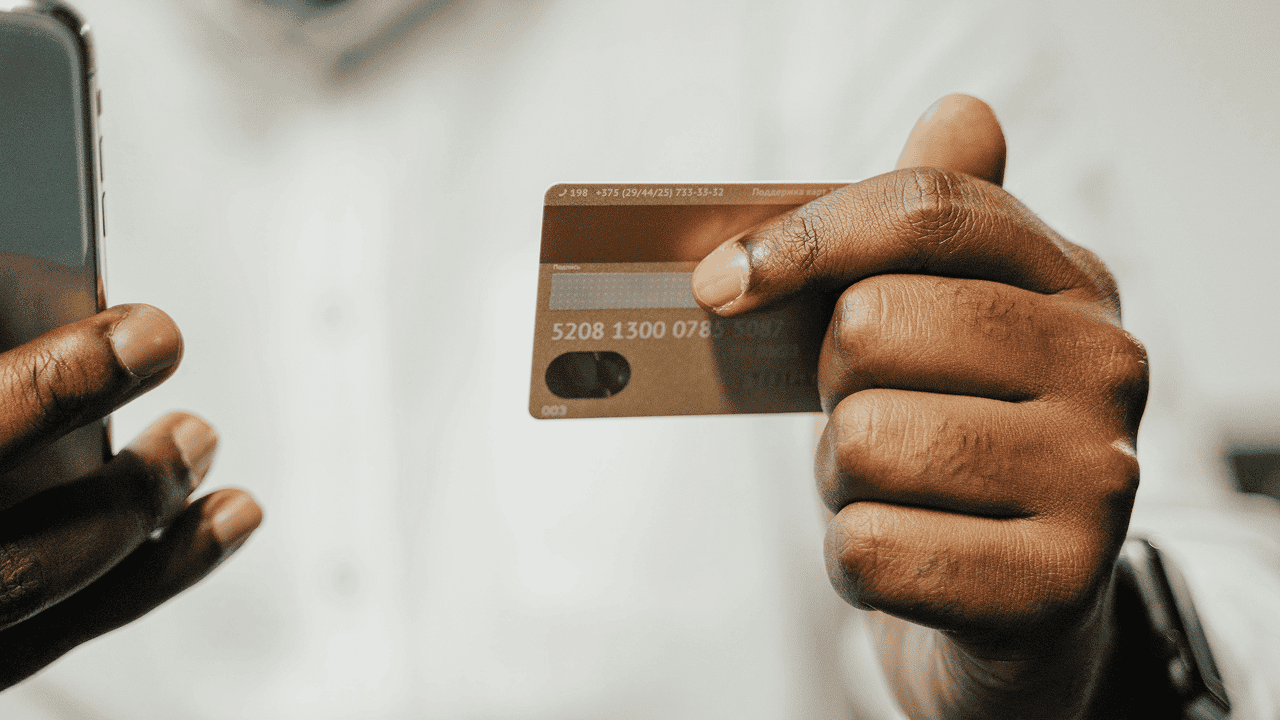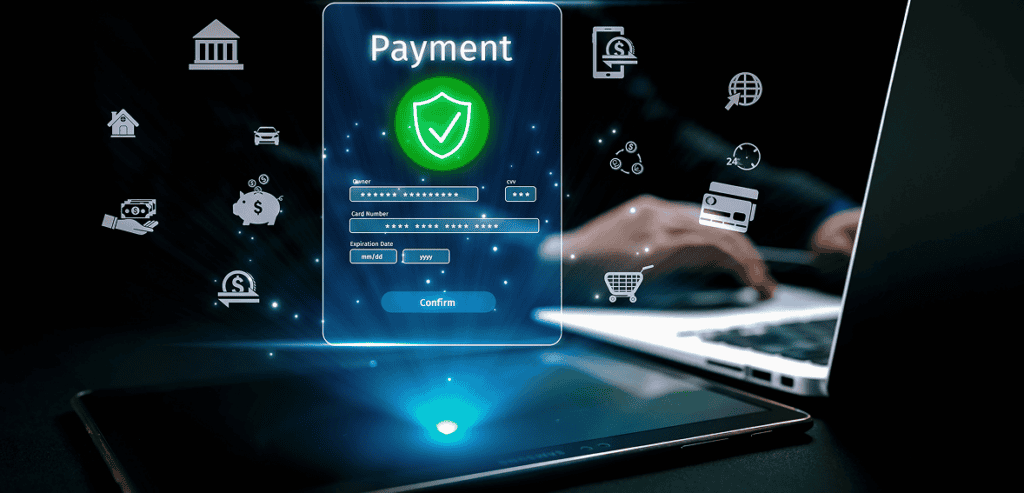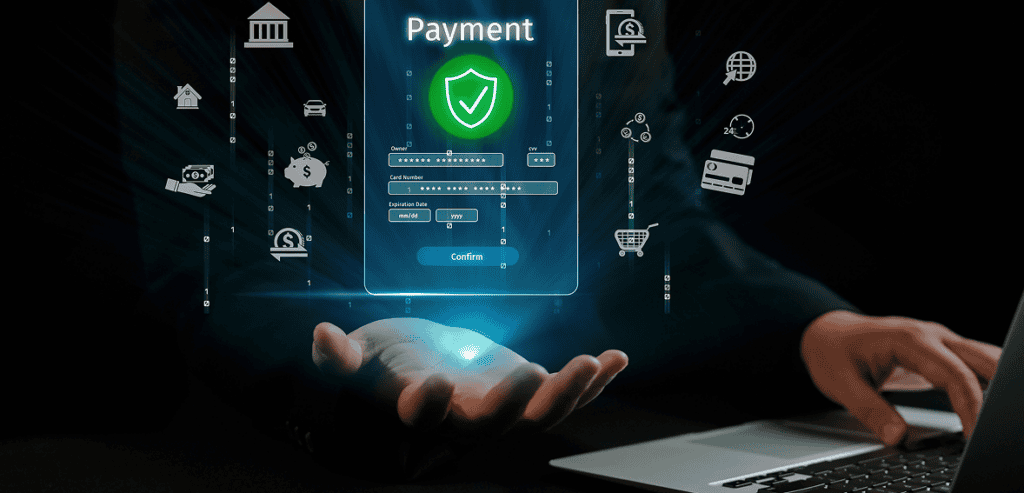
By Matilde Bates February 19, 2025
With the rise of digital transactions, businesses and consumers are more exposed than ever to cyber threats. Payment security is a critical aspect of running a business, ensuring that sensitive financial data remains protected from fraudsters and hackers. If a business fails to safeguard its payment processes, it risks financial losses, legal consequences, and loss of customer trust.
In this article, we will break down payment security in simple terms and explore how businesses can protect themselves a/nd their customers. Whether you run a small e-commerce store or a large enterprise, understanding payment security is essential to maintaining trust and reliability in the digital marketplace.
What is Payment Security?
Definition and Importance
Payment security refers to the measures and protocols put in place to protect financial transactions from unauthorized access, fraud, and cyber threats. It ensures that customer data, including credit card details and banking information, remains confidential and secure during transactions.
Ensuring secure payments benefits both businesses and consumers by:
- Reducing the risk of fraud and chargebacks.
- Enhancing customer trust and satisfaction.
- Complying with regulatory requirements.
- Preventing financial and reputational damage.
Common Payment Security Threats
Before diving into security measures, it is important to understand the most common threats businesses face in payment processing:
Phishing Attacks: Cybercriminals use deceptive emails and messages to trick individuals into revealing their payment information.
Card Skimming: Fraudsters install devices on ATMs or POS terminals to steal card details.
Man-in-the-Middle Attacks: Hackers intercept transactions between customers and businesses to steal sensitive information.
Malware and Ransomware: Malicious software infects systems, allowing attackers to access or encrypt payment data.
Chargeback Fraud: Some customers falsely claim unauthorized transactions to get refunds while keeping the purchased goods or services.
Key Payment Security Standards
PCI DSS Compliance
The Payment Card Industry Data Security Standard (PCI DSS) is a set of security standards designed to ensure that all companies processing, storing, or transmitting credit card information maintain a secure environment. Compliance with PCI DSS is mandatory for businesses that handle credit and debit card transactions.
Key requirements of PCI DSS include:
- Maintaining a secure network with firewalls and encryption.
- Implementing strong access control measures.
- Regularly testing and monitoring networks for vulnerabilities.
- Protecting stored cardholder data.
SSL/TLS Encryption
Secure Socket Layer (SSL) and Transport Layer Security (TLS) encrypt data transmitted between a customer’s browser and the business’s server. SSL/TLS ensures that payment information remains private and cannot be intercepted by cybercriminals.
Tokenization
Tokenization replaces sensitive payment data with unique tokens that have no exploitable value. Even if hackers intercept these tokens, they cannot be used to access original payment details.
EMV Technology
Europay, Mastercard, and Visa (EMV) chips provide an extra layer of security compared to traditional magnetic stripe cards. EMV chip technology encrypts transaction data, making it difficult for criminals to duplicate card information.
How Businesses Can Secure Payments

Implementing Multi-Factor Authentication (MFA)
MFA adds an extra layer of security by requiring users to verify their identity through multiple authentication methods, such as:
- Password or PIN
- One-time code sent to an email or phone
- Biometric authentication (fingerprint, face recognition)
Using Secure Payment Gateways
A payment gateway acts as a bridge between a business and financial institutions, ensuring transactions are securely processed. Businesses should choose reputable payment gateways that:
- Are PCI DSS compliant
- Use encryption and tokenization
- Offer fraud detection and prevention features
Regular Security Audits and Updates
Cyber threats are constantly evolving, making it essential for businesses to:
- Conduct regular security audits.
- Update payment software and hardware to the latest security standards.
- Train employees on best security practices.
Secure Customer Data Storage
If a business must store payment details, it should:
- Encrypt all sensitive data.
- Restrict access to only authorized personnel.
- Use cloud-based payment solutions that offer secure storage.
Monitoring Transactions for Fraud Detection
Businesses should employ advanced fraud detection tools that analyze transactions in real time. Some key indicators of fraudulent transactions include:
- Unusual purchase patterns.
- Mismatched billing and shipping addresses.
- Multiple transactions in a short period.
How Customers Can Protect Their Payment Information

While businesses play a crucial role in securing payments, customers also need to take precautions:
Use Strong Passwords
Customers should create strong, unique passwords for their online payment accounts and change them regularly.
Enable Two-Factor Authentication (2FA)
2FA adds an extra layer of security by requiring additional verification beyond a password.
Avoid Public Wi-Fi for Transactions
Public Wi-Fi networks are not secure and can be exploited by hackers. Customers should avoid making transactions while connected to public Wi-Fi.
Monitor Bank Statements
Regularly reviewing bank statements helps detect unauthorized transactions early and take corrective action.
Beware of Phishing Scams
Customers should be cautious of emails or messages requesting payment details and verify the authenticity of such communications before taking any action.
The Future of Payment Security
Artificial Intelligence in Fraud Detection
AI and machine learning are being increasingly used to detect fraudulent transactions by analyzing patterns and identifying anomalies in real-time.
Biometric Authentication
Fingerprint scanning, facial recognition, and voice authentication are becoming more common in securing payments.
Blockchain for Secure Transactions
Blockchain technology offers decentralized and tamper-proof transaction records, reducing fraud and enhancing payment security.
Contactless Payments and Digital Wallets
Contactless payments through digital wallets like Apple Pay and Google Pay use tokenization and biometric authentication, making them more secure than traditional card payments.
Conclusion
Payment security is a shared responsibility between businesses and consumers. Businesses must implement robust security measures to protect transactions, while customers must stay vigilant to avoid scams and fraud.
By adopting best practices like PCI DSS compliance, SSL encryption, multi-factor authentication, and fraud detection systems, businesses can reduce risks and build trust with their customers. As technology advances, staying updated with the latest security innovations will be crucial in maintaining a safe and secure payment ecosystem.